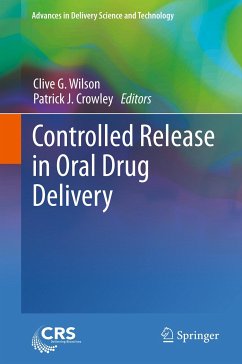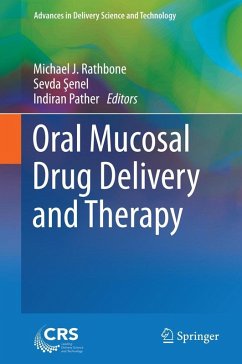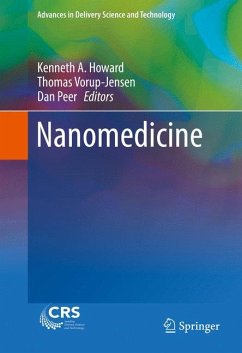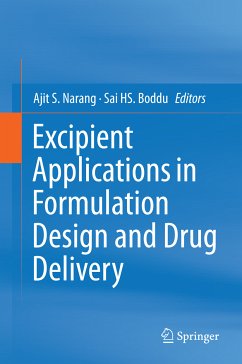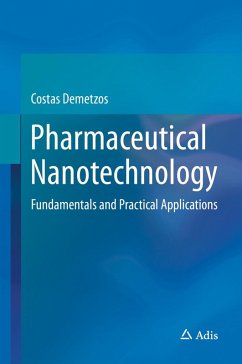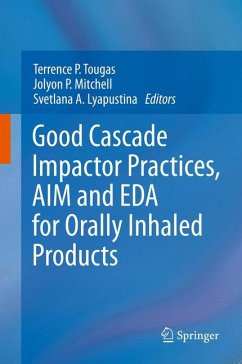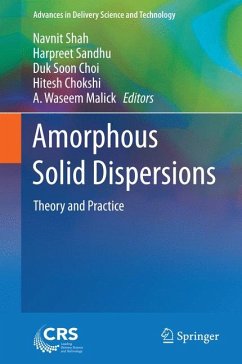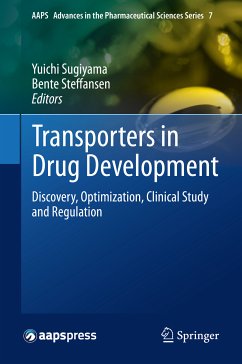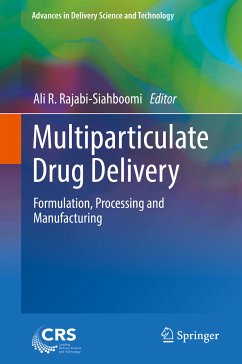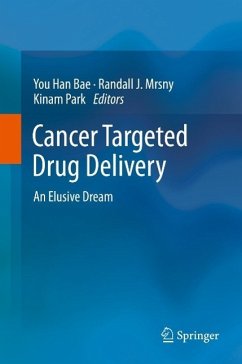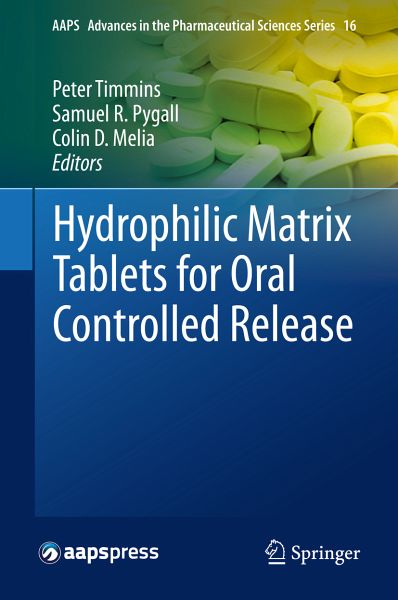
Hydrophilic Matrix Tablets for Oral Controlled Release (eBook, PDF)
Versandkostenfrei!
Sofort per Download lieferbar
112,95 €
inkl. MwSt.
Weitere Ausgaben:

PAYBACK Punkte
56 °P sammeln!
This detailed volume addresses key issues and subtle nuances involved in developing hydrophilic matrix tablets as an approach to oral controlled release. It brings together information from more than five decades of research and development on hydrophilic matrix tablets and provides perspective on contemporary issues. Twelve comprehensive chapters explore a variety of topics including polymers (hypromellose, natural polysaccharides and polyethylene oxide) and their utilization in hydrophilic matrices, critical interactions impacting tablet performance, in vitro physical and imaging techniques,...
This detailed volume addresses key issues and subtle nuances involved in developing hydrophilic matrix tablets as an approach to oral controlled release. It brings together information from more than five decades of research and development on hydrophilic matrix tablets and provides perspective on contemporary issues. Twelve comprehensive chapters explore a variety of topics including polymers (hypromellose, natural polysaccharides and polyethylene oxide) and their utilization in hydrophilic matrices, critical interactions impacting tablet performance, in vitro physical and imaging techniques, and microenvironmental pH control and mixed polymer approaches, among others. In one collective volume, Hydrophilic Matrix Tablets for Oral Controlled Release provides a single source of current knowledge, including sections of previously unpublished data. It is an important resource for industrial and academic scientists investigating and developing these oral controlled release formulations.
Dieser Download kann aus rechtlichen Gründen nur mit Rechnungsadresse in A, B, BG, CY, CZ, D, DK, EW, E, FIN, F, GR, HR, H, IRL, I, LT, L, LR, M, NL, PL, P, R, S, SLO, SK ausgeliefert werden.




